How To Adjust Your Golf Strategy Based On Pin Placement
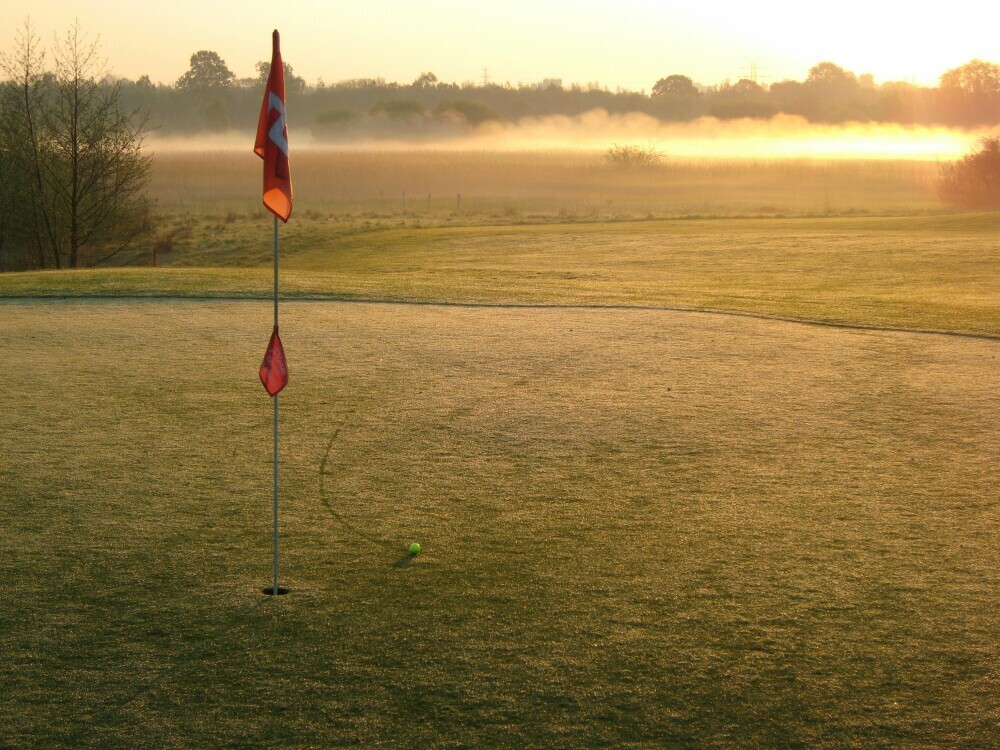

Fore! Quick note: a few links here are affiliate links. If you snag gear through them, I earn a small commission — no extra strokes added to your game.
Pin placement in golf is a vital part of the strategy. We’re talking about the exact spot on the green where the hole is cut, and it can really make or break your game. A pin located at the back versus one at the front changes everything—from the clubs you choose to the trajectory of your shot. This is the golf viking, and today we’re getting after it… we’re talking pin placement.
Not all pin placements are created equal. Some are forgiving, others not so much. When the pin is tucked away near a bunker or hazard, it calls for precision and careful planning. On the other hand, a central pin might let you get a bit more aggressive with your putting. Understanding these nuances can totally flip your approach. Knowing just where to drop the ball on the green can add that Midas touch to your shot.
Why does the location of the pin matter? Well, it influences the path you take on the course. A pin that’s close to the edge or in a tricky spot challenges your skills and decision-making. It’s about knowing when to play safe and when to take risks.
Assessing the pin position helps you anticipate how the ball will behave once it hits the green. Will you try to roll your ball towards the hole? Or will you hit your ball on the other side of the green to play it safe? These are all things you may need to consider on your approach.
Every pin placement presents its own unique puzzle. The slope and speed of the greens, combined with the wind conditions, can turn a straightforward shot into a complex calculation. Paying attention to these details and adjusting your plan accordingly is key to coming out on top. Knowing the layout of the greens will provide great insight into how to play the hole.
Crafting a strategy based on pin placement starts well before you swing. It’s about examining the course map, walking the green, and even chatting with those who know the course inside and out. By understanding these elements, you’re not just reacting to the pin; you’re becoming a proactive player who uses this knowledge to your advantage. So what goes behind this incredibly important decision?
Pin location should always influence your approach. Our golf course management tips guide teaches you how to weigh risk versus reward and aim for safe spots that set up easy putts.
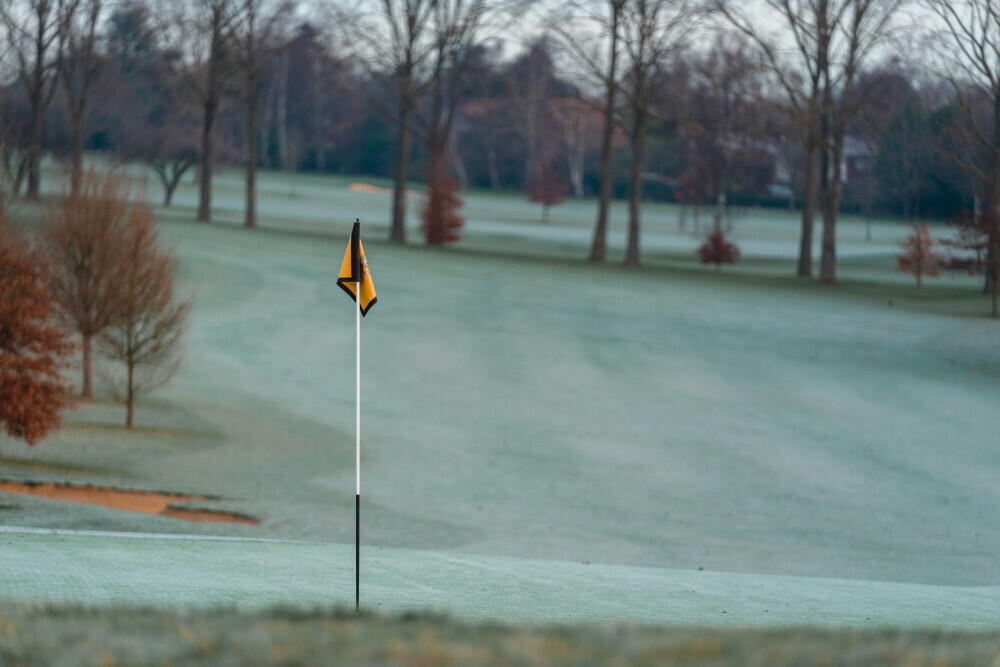
The Art and Science of Pin Placement Decisions
Pin placement doesn’t just happen by chance. It’s a meticulous process where course officials consider a bunch of factors to keep play challenging yet fair. Weather conditions like wind and rain play a big role, as they can dramatically alter how a hole plays on any given day. You may go about a hole completely differently depending on course conditions.
Then, there’s the greenkeeping staff who are masters at their craft. They use tools and tech to ensure that the course remains in top condition, especially when placing pins. This careful consideration is crucial not just for the pros but for folks playing their weekend rounds too.
Ever wondered how officials ensure each round is fair? It’s all about balance. They spread out tricky placements with easier ones, giving golfers an opportunity to showcase their full range of skills. This balance is especially important in tournaments where the stakes are high and the competition is intense. So you may get a good mix of easy and hard pin placements.
Technology also lends a hand. Courses often employ top-notch equipment to gather data about the greens. This involves everything from moisture levels to slope gradients, all ensuring that each pin placement is as accurate as possible. With technology you can get the fine details of the green.
So, how can you use this info to your advantage? Pay attention to the weather forecast and understand how it might affect play. Familiarize yourself with the usual pin spots of the course you play frequently, and you’ll better anticipate changes to your strategy. This knowledge helps transform the way you approach each game, giving you the edge whether you’re playing for fun or competition.
Sometimes a tucked pin calls for a high, soft shot—other times a lower trajectory is safer. Our how to control your ball flight guide walks you through shaping shots to attack or avoid specific pins.
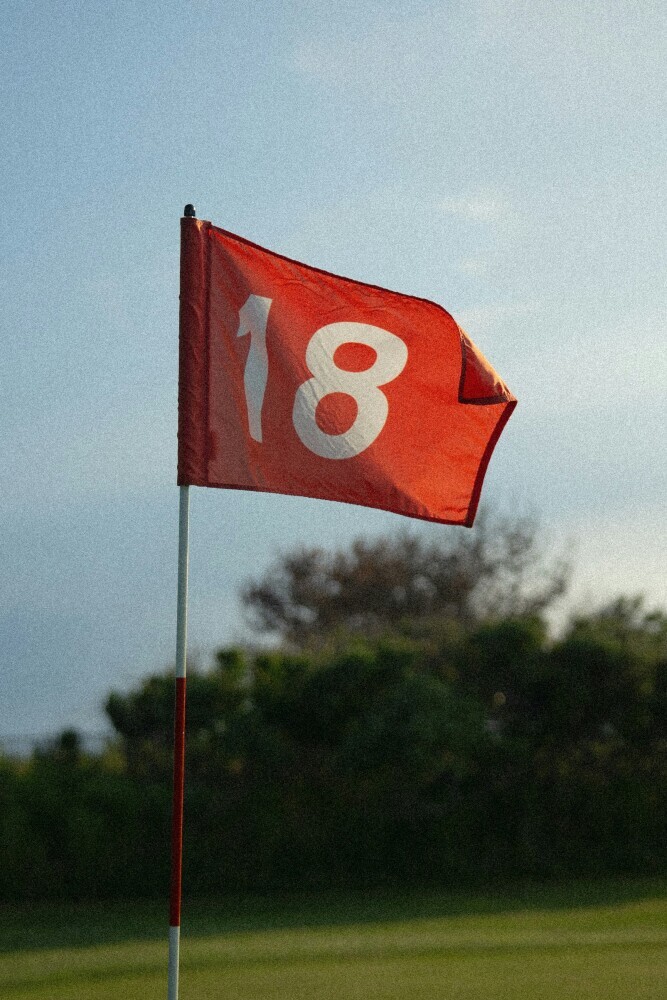
How Golf Courses Keep Players on Their Toes with Pin Placement
Golf courses shake things up with pin placement to make sure every round is a fresh challenge. The way they switch up pin positions isn’t just for novelty. It’s about testing skills and keeping players engaged. Pin placement can alter how you approach the green and can make the difference between an easy hole and a more difficult hole.
Different pin positions can put various aspects of your game to the test. A pin placed on a slope can be a nightmare, requiring precision and a keen eye for detail. Conversely, a pin in a more forgiving spot allows you to focus on maximizing power and speed. It can really alter your game plan hole by hole.
Course layout and design play massive roles here. Some courses are strategically built to offer endless pin placement combinations. This not only keeps regular players engaged but also adds an element of surprise for newcomers. It ensures that no two rounds are the same. It keeps things interesting and challenging for golfers.
Tournament settings see frequent pin changes to level the playing field. These alterations make sure that players encounter a range of skills tests, demanding adaptability and expertise. The unpredictability of pin placement is part of the thrill of the game. It can keep golfers on their toes.
To stay ahead, familiarize yourself with the course layout. Know where the tricky spots are and practice shots that cater to different pin locations. This foresight will help when dealing with surprise pin placements, ensuring you aren’t caught off guard during your next round. So how does this affect your strategy on the course?
When the pin is near the edge of the green, a precise short game can save you strokes. Our short game mastery guide covers pitching, chipping, and bunker shots to get close from any angle.
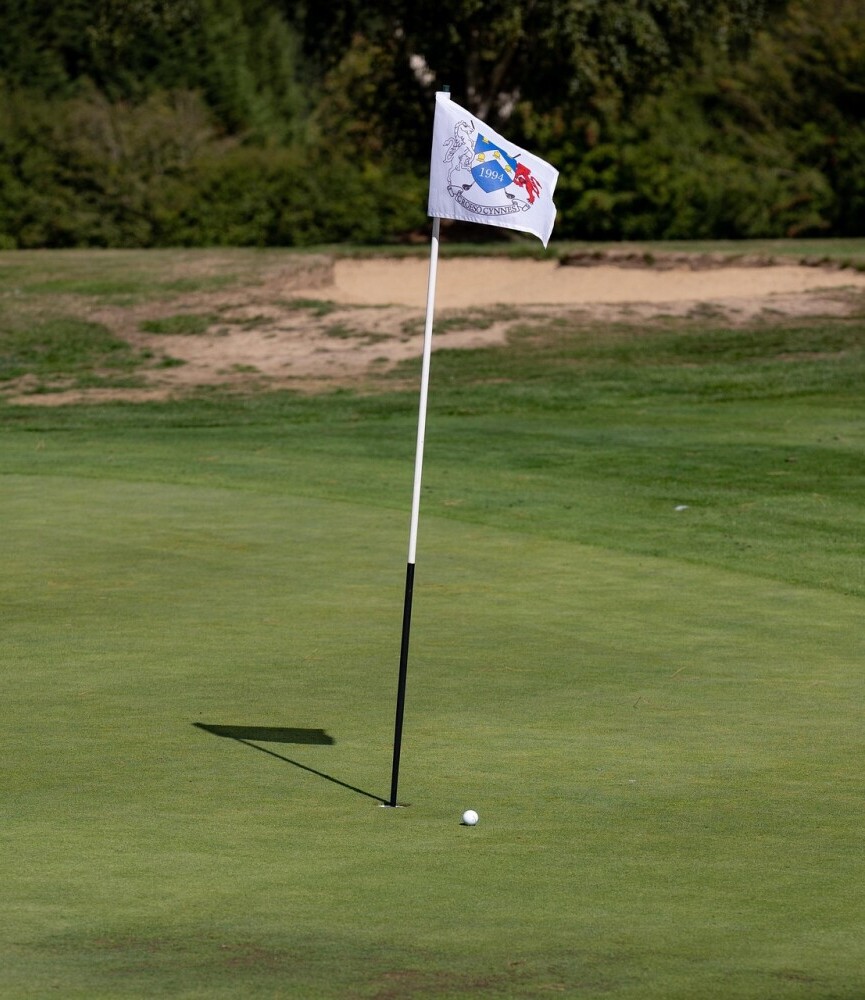
Strategizing Play Based on Pin Placement
Reading the green is an art form, especially when you’re considering pin placement. Before deciding on your next move, take a closer look at how the green slopes and where the pin is located. This initial assessment can heavily influence your strategy and club selection.
Adaptability is crucial here. Different pin placements require tailored approaches. For instance, when dealing with a back pin, you might need to go with a longer club to reach the target safely. Conversely, a front pin closer to hazards calls for accuracy and potentially a softer touch.
Sometimes it’s not just about reaching the pin directly. Playing safe might mean aiming for a wider part of the green to avoid risky spots. This conservative strategy can pay off, preventing unnecessary strokes and keeping your scorecard clean. With a difficult pin placement, you could roll your ball right off the green and into a bunker if you don’t play accordingly. Sometimes the pin placement will determine how you hit your shot.
Take a page from the pros’ playbook. Observing how professional golfers tackle challenging pin placements can provide valuable insights. They don’t just focus on where they need to hit the ball; they also consider how it will roll, planning several shots ahead. Knowing what they would do may help your decision.
Every pin position offers a chance to tweak your technique. Instead of a one-size-fits-all approach, adjust your stance, grip, and swing accordingly. Practicing these variations ensures you’re well-prepared for any pin placement that comes your way. Let’s wrap up.
Solid ball striking is the foundation for hitting it close. Our mastering the golf swing guide ensures you have a consistent swing to take advantage of favorable pin positions.
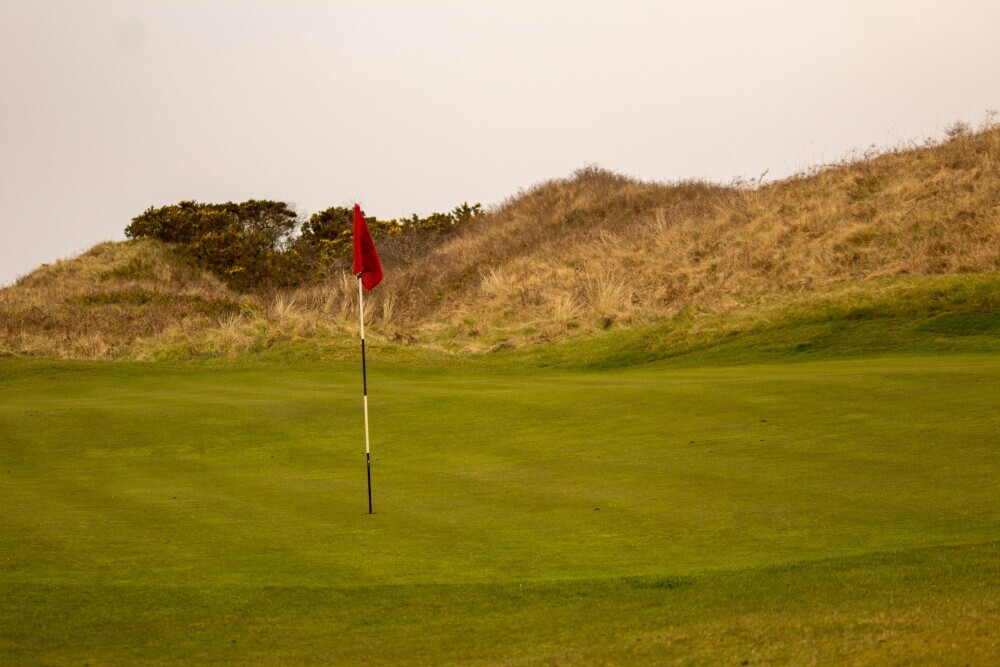
Mastering the Mental Game of Handling Pin Placement
Golf isn’t just about physical skill; it’s a mental game, too. When facing different pin placements, maintaining focus and composure can greatly boost your performance. The mental aspect is often the most overlooked part of preparing for the challenge. This isn’t more evident than planning how to take on difficult pin placement.
Difficult pin positions can play tricks on your mind. It’s easy to get intimidated and overthink your strategy, especially when you’re up against a tough spot. Developing mental fortitude means staying calm and avoiding any knee-jerk decisions that could lead to errors. Know the pin placement, but don’t overthink things and overcomplicate matters.
Proper mental preparation goes a long way. Before stepping onto the course, visualize the different pin placements you’ll encounter. Anticipate how you’ll react to each scenario, mentally mapping out your approach. This kind of pre-game planning puts you in control and builds confidence.
Relaxation techniques can make a huge difference. Simple practices like deep breathing or visualization can help clear your mind and boost concentration. These techniques are used by top golfers to stay cool and collected, even in high-pressure situations. This can help you have a smooth and fluid swing.
Learning from real examples is effective, too. Look into case studies of professional golfers who’ve excelled under challenging pin conditions. Their strategies and mental routines can provide practical tips and inspire you to refine your own approach. Every round becomes an opportunity for growth. I’ll see you out on the golf course, golf gladiators.


